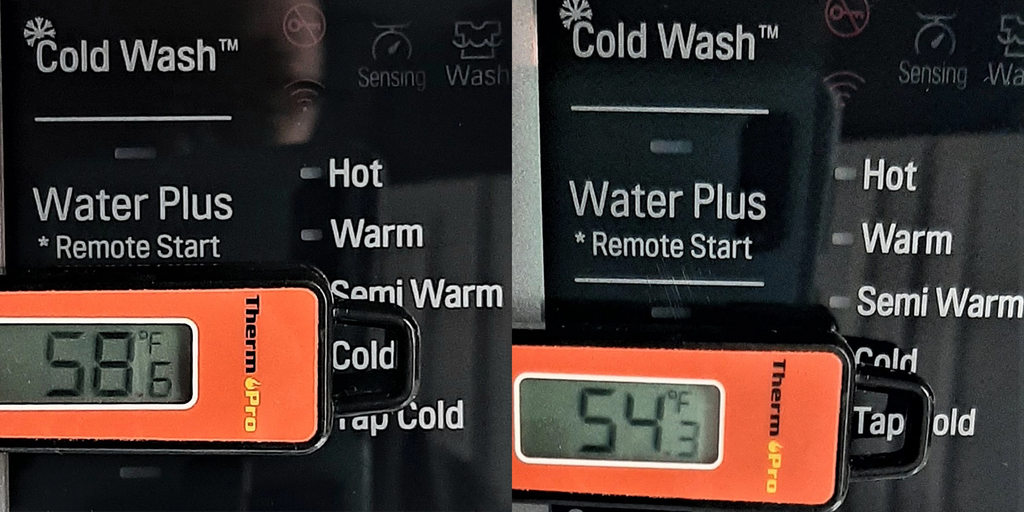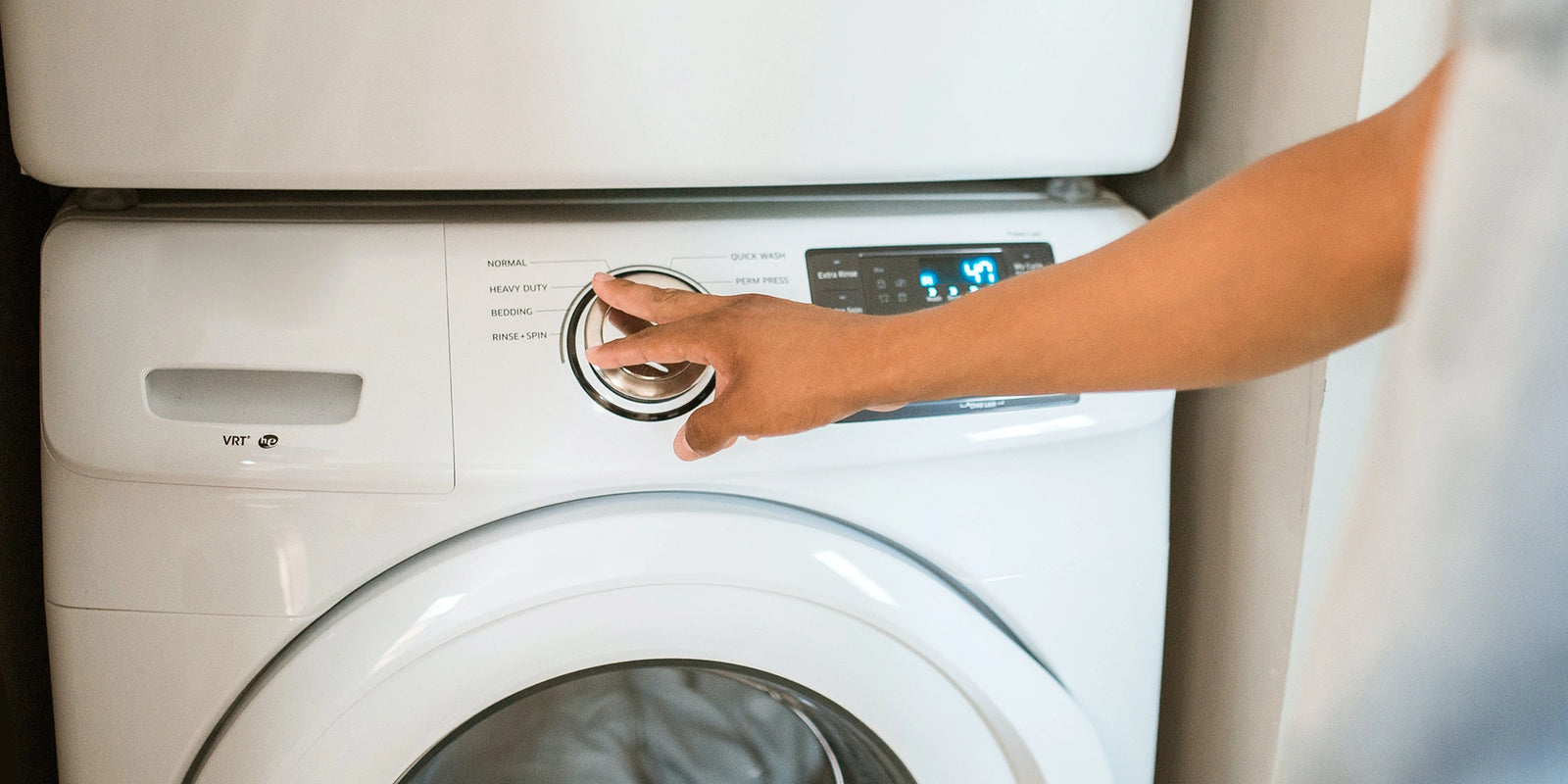Winter chills may be the cause of your laundry woes. If you live in an area with very cold weather, the water temperature in your laundry machine may be too cold for your detergent to work properly. Fortunately, you can still do laundry in freezing temperatures if you understand how water temperatures work in your washer!
Here are three tips for cold weather laundry:
1. Laundry detergents require water temperatures of 60° F or warmer
Most laundry detergents and soaps require water temperatures of at least 60 degrees Fahrenheit (15.6 degrees Celsius). Colder water may not be able to fully dissolve the detergents or activate their cleaning ingredients, regardless of whether you’re using powder, pods, sheets, or even liquid. As a result, wash cycles with water below 60 degrees may not effectively clean your clothes and can cause residue to stick to your clothes or washer. This is because heat increases molecular movement, which helps the detergent particles dissolve more readily in warmer water.
That doesn’t mean you need to use the warm or hot settings! Most modern washers are designed for cold water, which saves energy and money. However, you need to understand which setting on your washer will reach that magic 60-degree water temperature.
2. The cold and tap cold settings on washing machines are different
Some washing machines have both “cold” and “tap cold” temperature settings:
- The tap cold setting uses water directly from the plumbing in your home and does not adjust the water temperature in any way. That means the water temperature is highly variable depending on the weather and outside temperature in your area, as well as the temperature inside the pipes in your house. In colder weather, the water temperature may be well below the ideal 60-degree temperature for laundry.
- The cold setting uses a mixture of cold and hot water to reach an adequate temperature while using the least energy. Most machines use a range between 60 and 80 degrees for their cold water cycle, but the actual temperature may vary depending on your machine and the temperature outside. If it’s very cold outside, the water may not warm up enough or may warm too slowly to fully dissolve and activate the detergent during the wash.
We tested both cold and tap cold settings in January in Colorado and found that neither setting reached the ideal 60-degree temperature during the wash. The cold cycle reached 58.6 degrees while the tap cold cycle was only 54.3 degrees.

3. Use the warm or semi-warm settings in cold weather
If you want to do laundry while it’s very cold outside, we recommend using the or “warm” or “semi-warm” setting temperature settings on your machine.
- The warm setting mixes cold and warm water to reach the desired temperature, just like the cold setting. Most machines use a range between 90 and 110 degrees for their warm water cycle.
- The semi-warm setting produces water temperatures between the cold and warm settings, usually above 60 degrees Fahrenheit. We recommend consulting your owner’s manual for the specific temperature ranges for each setting.
- The hot setting uses primarily hot water to reach temperatures around 130 degrees. This setting requires the most energy and can be too hot for some fabrics and stains.
While slightly more energy-intensive, the warm and semi-warm settings will help to raise the water temperature to reach the recommended 60 degrees. This is usually a short-term fix that should not have a large impact on any overall goals in reducing energy in the long run and may have a lower overall impact than having to run multiple inefficient wash cycles with water that is too cold.

